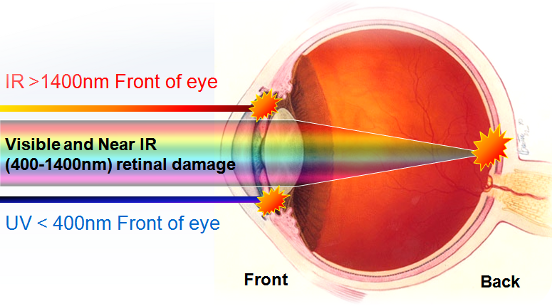G1BFTW
0
- Joined
- Mar 15, 2017
- Messages
- 7
- Points
- 0
I have been wondering, how does a laser blind you, and is 5MW really the highest it can be to not blind you? For example, if you got a 7-10MW laser flashed in your eye, would it really be that bad? Is one more MW really enough to cause eye damage?







